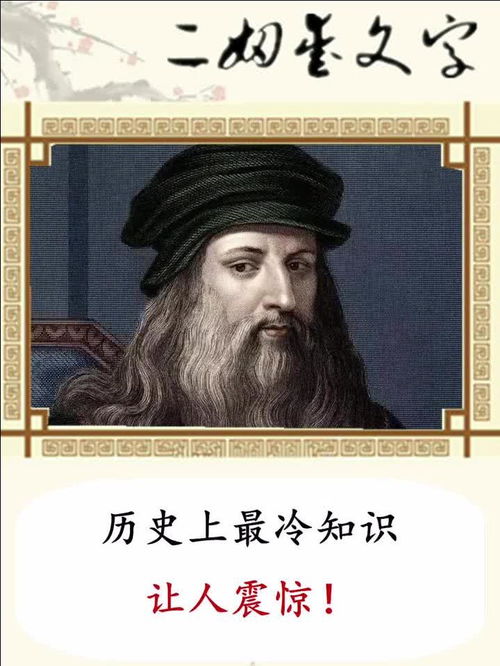
The

Forgotten Women of the American Revolution
When we think of the American Revolution, we often picture brave men like George Washington, Thomas Jefferson, and Benjamin Franklin leading the charge against British rule. Yet, we often overlook the vital role that women played in the fight for independence.
During the war, women were instrumental in maintaining the home front, taking on responsibilities that were traditionally held by men. They managed farms, ran businesses, and even served as spies for the Continental Army. In fact, many women disguised themselves as men in order to join the fight and serve alongside their male counterparts.
One such woman was Deborah Sampson, who enlisted in the Continental Army as a man named Robert Shurtliff. Her bravery and skill as a soldier earned her the respect of her fellow soldiers, but her true identity was eventually discovered and she was discharged from the army. However, her service did not go unnoticed, and she was eventually granted a pension for her time as a soldier.
Another woman who defied gender norms during the Revolution was Haym Salomon's wife, Rachel. Salomon was a Jewish businessman and financier who used his wealth to support the American cause, but it was his wife who managed his affairs while he was imprisoned by the British. She helped secure his release and continued to play a vital role in his business dealings and support of the revolution until her death.
Despite their contributions to the war effort, the role of women in the American Revolution has largely been forgotten. It wasn't until the 1970s that historians began to give women's stories the attention they deserved. Today, we can look back and see the bravery and dedication of these forgotten women who helped shape the course of history.
Across the pond, a similar story unfolds. While we often associate the Tudor era with powerful men like Henry VIII and his advisors, the women of the court played a crucial role in shaping politics and influencing the course of English history.
One such woman was Katherine Parr, the sixth and final wife of Henry VIII. Katherine was a Protestant reformer who used her position as queen to push for religious freedom and education for women. She also played a vital role in securing the succession of her stepchildren, Mary and Elizabeth, to the English throne.
Another influential Tudor woman was Elizabeth I, who became queen after the death of her half-sister, Mary Tudor. Elizabeth was a skilled politician and used her intelligence and charm to navigate the treacherous waters of court politics. She led England through a golden age of exploration and expansion, and her reign is often referred to as a time of peace and prosperity.
Yet, despite their accomplishments, the women of the Tudor court faced significant challenges. They were often subject to the whims of the male monarchs and struggled to maintain their positions of power. Mary Tudor faced opposition and persecution for her Catholic beliefs, and Elizabeth was constantly pressured to marry and produce an heir.
However, the women of the Tudor court persevered and left a lasting impact on English history. Their stories serve as a reminder that, even in times when women faced significant barriers to success, they were able to make their mark and shape the course of their nations' futures.
In both the American Revolution and Tudor England, women played important but often overlooked roles in shaping history. By recognizing and celebrating their contributions, we can gain a deeper understanding of the people and events that have shaped our world.